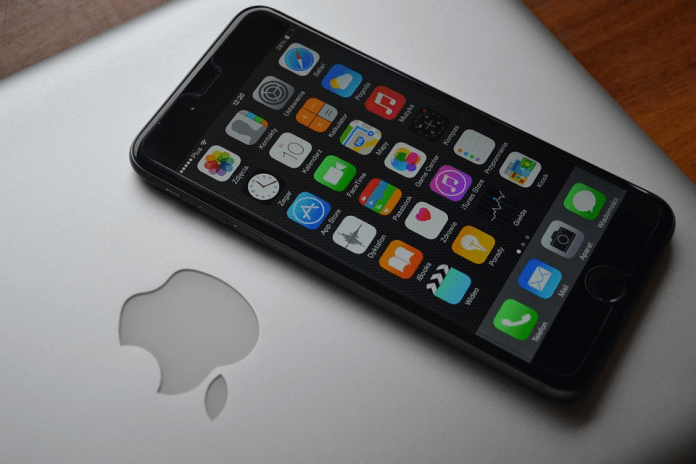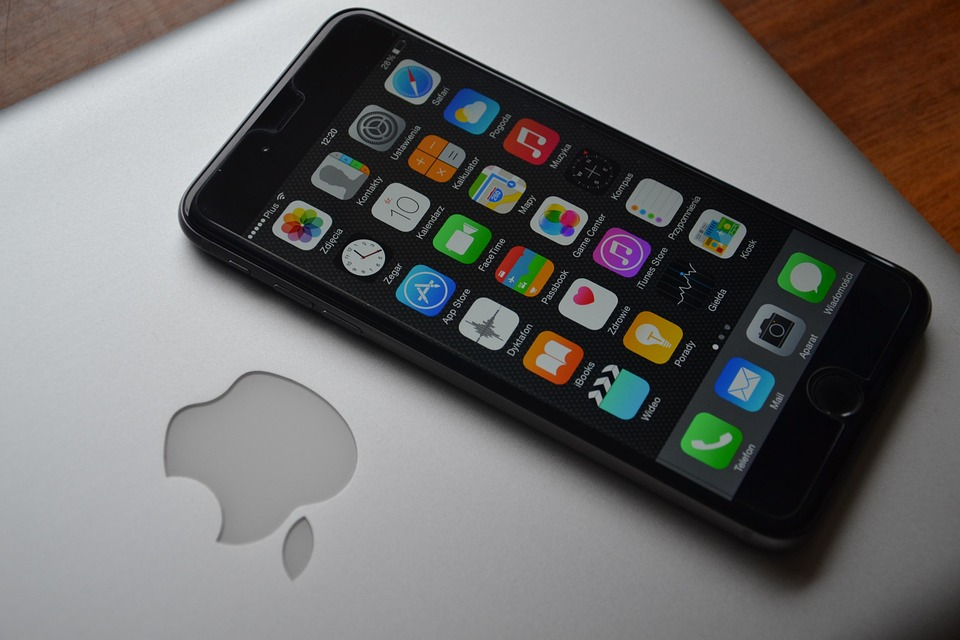The effective operation of foldable phone hinges, in more ways than one, depends on the hinge itself, as Fortune recently noted, emphasizing Apple’s massive engineering challenge as the company prepares to enter the foldable smartphone market. Years of speculation and patent filings have led up to Apple’s expected foldable iPhone, with the rumored 2026 release now appearing poised to reshape the category, not just through its design, but via an unprecedented partnership with Samsung Display.

At the core of Apple’s initiative is a seamless OLED screen, a technological achievement that has remained out of reach for even the most advanced competitors. According to analyst Ming-Chi Kuo, Apple has partnered with Samsung Display to supply these forward-looking panels, utilizing a custom solution that exceeds what Samsung uses in its Galaxy Z Fold 7. The key lies in a metal plate designed to spread and redirect the stress caused by repeated folding. Fine M-Tec, a specialist in precise metal components, will supply these plates, which are crucial for channeling stress away from the fold and minimizing visible creases.
This approach is different from Samsung’s own devices, which still show a slight crease despite years of improvement. The difference lies in the manufacturing process: while Samsung currently employs chemical etching, Apple will implement laser drilling to create microstructures in the hinge. These microstructures are designed to offer more uniform distribution of mechanical stress, a development that not only raises production costs but also establishes a new technical standard for the industry. Kuo points out that Apple’s “more rigorous crease-free display requirements” could force suppliers to explore the limits of current display technology.
Apple’s concept for a foldable iPhone extends well beyond just the hinge. The company has gathered a collection of patents related to self-repairing screen layers, which would allow the device to fix minor scratches or dents on its own. According to a recently granted patent, the display cover could include a polymer or elastomer that fills in imperfections either on its own or when triggered by heat, light, or electricity. Apple’s patent explains that the self-healing process can be started or made faster through external heat, light, electric current, or other forms of external input. This innovation could greatly enhance the durability and appearance of foldable phones, which are naturally more prone to damage.
Reports suggest that the foldable iPhone will feature a 7.8-inch internal screen and a 5.5-inch external display, with a design that remains just 4.5mm thick when unfolded. The device is expected to include two rear cameras, one front-facing camera, and a Touch ID button on the power key, avoiding Face ID technology to conserve space. Initial production is anticipated to reach 10 to 15 million units, with a price range of $2,000 to $2,500, marking it as Apple’s most expensive model yet. UBS estimates the cost of components at around $759, allowing Apple to maintain profit margins similar to those of its other high-end products.
The engineering innovations go beyond the display. Apple’s reportedly ultra-slim iPhone 17, utilizing new battery technology, is anticipated to drive the demand for slim-profile foldable devices. Ultra-thin batteries and energy-efficient display driver ICs are essential to create a device that combines power, portability, and durability—a combination that has influenced all foldable phones to date.
Industry observers are paying close attention as Apple’s actions could spark a fresh surge in innovation. The fact that Samsung Display agreed to develop a specialized, higher-performance panel for Apple, even before implementing it in their own products, suggests a shift in competitive dynamics. As Apple Insider’s Mike Wuerthele notes, “Apple has long collaborated with Samsung on iPhone display technology. Samsung excels at what they do. And, this may have always been the case, considering the nature of the supply chain and the leaks that emerge from it.”
Apple’s patents also indicate broader aspirations, featuring concepts for rollable and hybrid devices that could eventually bring these innovations to iPads and MacBooks. For now, though, the main challenge is whether Apple and its collaborators can create a foldable iPhone that finally overcomes the engineering compromises that have plagued the category, particularly the awkward crease that has been a major issue for foldable displays for a long time.







